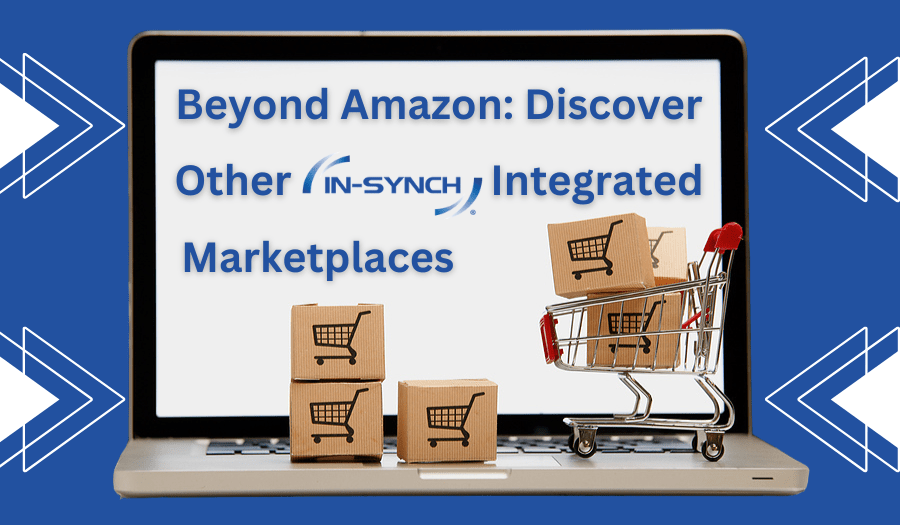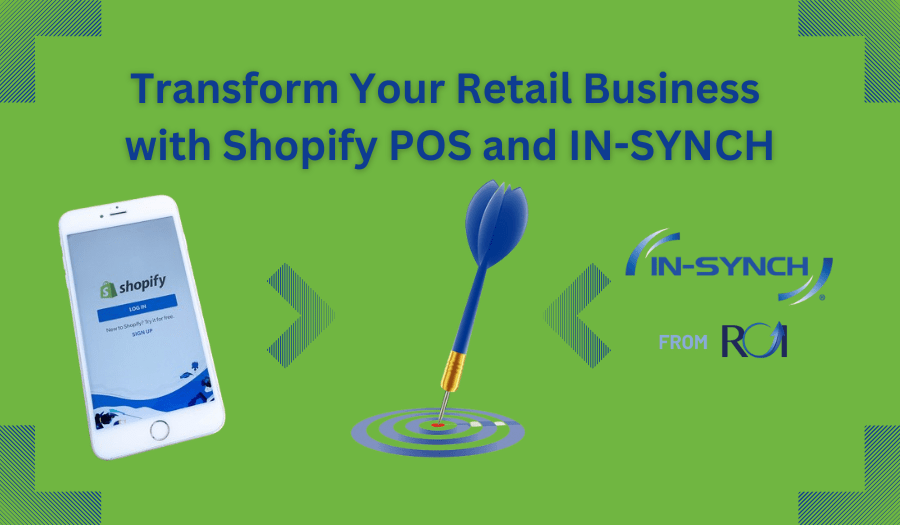By Ruth Richter • December 11, 2019
While it often seems like eBay’s auctions for new, used, and collectible items may have paved the way for bigger online retailers to sell brand new items, the online auction site actually spawned a trend in ecommerce that others are capitalizing on: re-commerce.
Re-commerce, or the selling of used products and excess inventory, is growing up to twenty times faster than the broader retail market. Recognizable re-commerce names include thredUP and Poshmark, and they’re a hit with both Millennials and Gen Z, two generations that are big supporters of sustainability. In fact, apparel resale is already a $20 billion industry with a projected annual growth rate of 15 percent.
Which makes re-commerce our next major ecommerce trend to watch. (Did you miss the first trend? Read all about dropshipping here.)
Repair, Refurbish, Re-commerce
Re-commerce is more than an online version of a garage sale or thrift store. Re-commerce items are held to high standards, often sold to the re-commerce group to be repaired or refurbished before sold again at a profit. Some re-commerce retailers allow sellers to list their own merchandise, taking a percentage fee off the top for every sale made. Others buy certain brands back from consumers and for a fee, return the renewed products to the original retail brands. These retail brands then resell the renewed or refurbished products in their stores or on another re-commerce site, essentially allowing them to profit multiple times off multiple sales of the original product.
The thought of buying second-hand clothing or other items online isn’t as odd as it might sound. For many, it is a certain desirable brand they could not otherwise afford. For others, it could be a favorite piece of clothing or pair of shoes in need of replacement but no longer available in stores that they find on a re-commerce site. It’s a low-risk, high-reward market for goods with a straightforward path into a more circular business model.
Why Retailers Choose Re-commerce
While re-commerce might feel cannibalistic to some companies, eating into their own profits on newer items by selling the old at a significant discount, the trend of upcycling continues to grow. Outside of re-commerce, few options exist for shedding old or used inventory that is still in quality shape. In fact, in 2018, luxury brand Burberry was deeply criticized for choosing to burn nearly $38 million in new, unsold products, also known as “deadstock.”
For retailers that sell goods which can be returned or resold without losing quality, now is the time to consider adding re-commerce to your selling options.
In order to do so, however, you’ll need to consider the following factors:
- Will your customers purchase used inventory? If so, what specific items or categories?
- How will you reimburse those who return used items to your store for reselling?
- Is the upfront cost of repairing or refurbishing products worth the profit to be made from reselling?
- How will you market your re-commerce initiative?
It’s important to make sure you’re not chasing re-commerce simply because other ecommerce retailers are doing it. The key is ensuring that re-commerce will positively impact your customer’s experience with your brand.
Connecting Re-commerce With IN-SYNCH
Re-commerce comes with a host of other considerations, including how your ecommerce platform and third party solutions you integrate with will be set up to handle the addition of re-commerce capabilities. Tracking returned items to assign proper refunds or store credits to customers is just as important as figuring out how to add a re-commerce item back into your inventory without mixing it in with inventory of new stock.
That’s where IN-SYNCH Sage 100 integration by ROI Consulting comes in. This powerful integration solution effortlessly connects information from your ecommerce site to your ERP, as well as any other third-party cart (like that re-commerce trailblazer eBay) or business system. With this lightning fast, bi-directional information flow, your customers have a seamless experience on your site whether they’re buying new, re-commerce, or selling an item back for credit.




